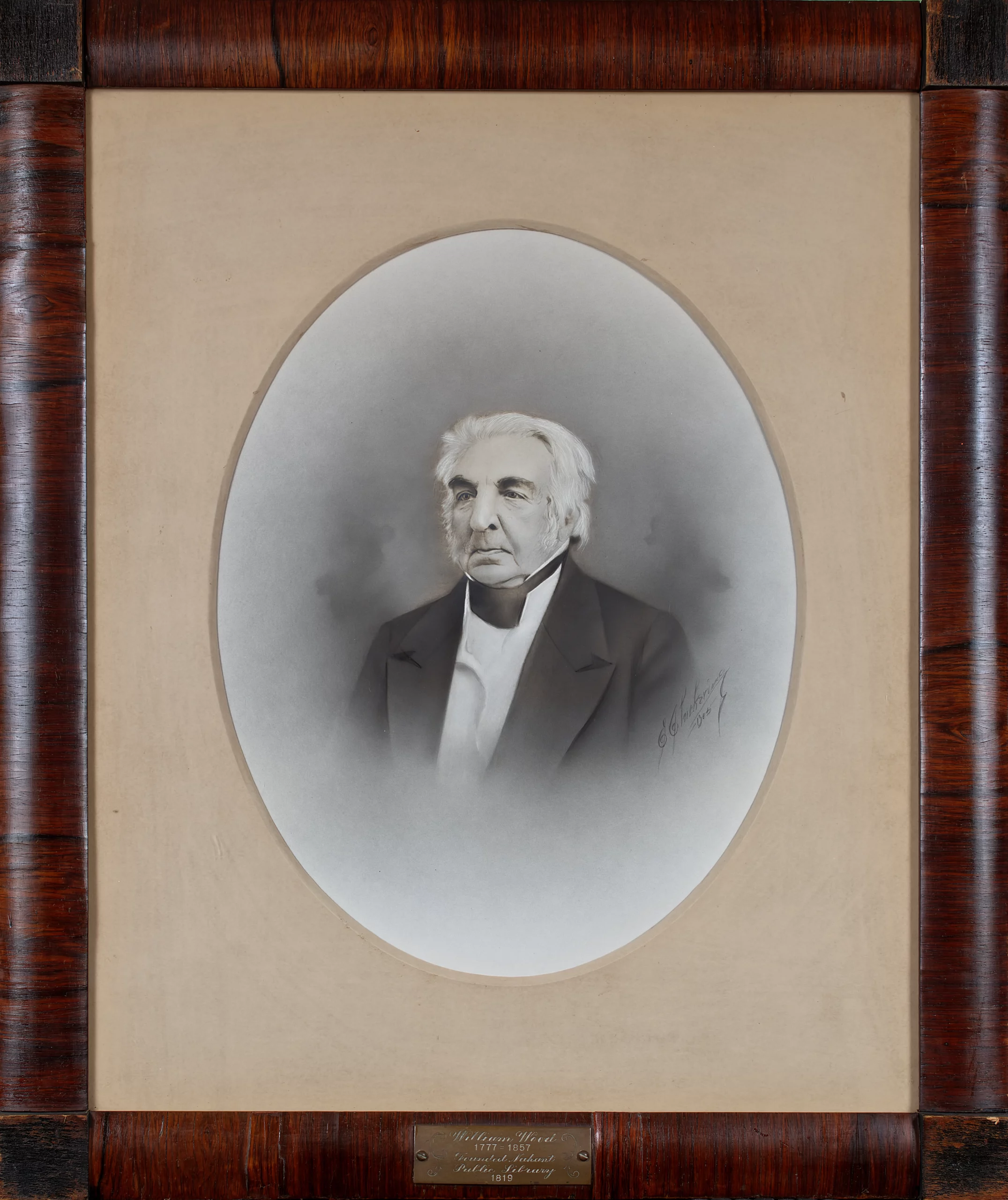Before Nahant became a quaint beach town with tree-lined streets and greenery, it was desolate and treeless, akin to Easter Island.
“The reason they needed trees was because, in colonial times, they cut them all down,” Nahant Public Library Director Sharon Hawkes said.
The town was originally settled as part of Lynn before it was incorporated separately in 1858.
According to Hawkes, who has done extensive research on the history of Nahant, before the town featured beautiful homes and beachgoers, it was used for something very different: cattle grazing.
“You could only get onto the island of Nahant at low-tide by sandbar,” Hawkes said.
Because of Nahant’s remote location and limited access, the land was perfect for protecting livestock.
“Lynn was using Nahant as the town commons to put their flocks. It made it very easy to keep them safe from wolves,” Hawkes said. “Now we worry about coyotes. In those days, it was wolves.”
To make the island suitable for grazing, the island’s trees were all chopped down in the 1650s, and the livestock mainly inhabited the land in the century that followed.
By 1800, the island came to be inhabited by three families: the Hoods, the Breeds, and the Johnsons.
These families began to welcome people to the island for rest and leisure, usually having visitors stay at their homes or Nahant’s first hotel, Bass Point.
Among the visitors to Nahant was Boston merchant William Wood, who enjoyed the island except for one factor.
“People are starting to come and say, ‘It’s really beautiful … except the sun is beating down and the wind is whipping,’” Hawkes said.
Wood, who Hawkes described as an out-of-the-box thinker, hatched a plan to bring trees back to the island.
According to Hawkes, in 1819, Wood collected books that would be made available for town use and held in a stone schoolhouse near the library’s current location on Pleasant Street.
“He hit up all his friends, and just about anybody else he could think of, to donate books,” Hawkes said.

